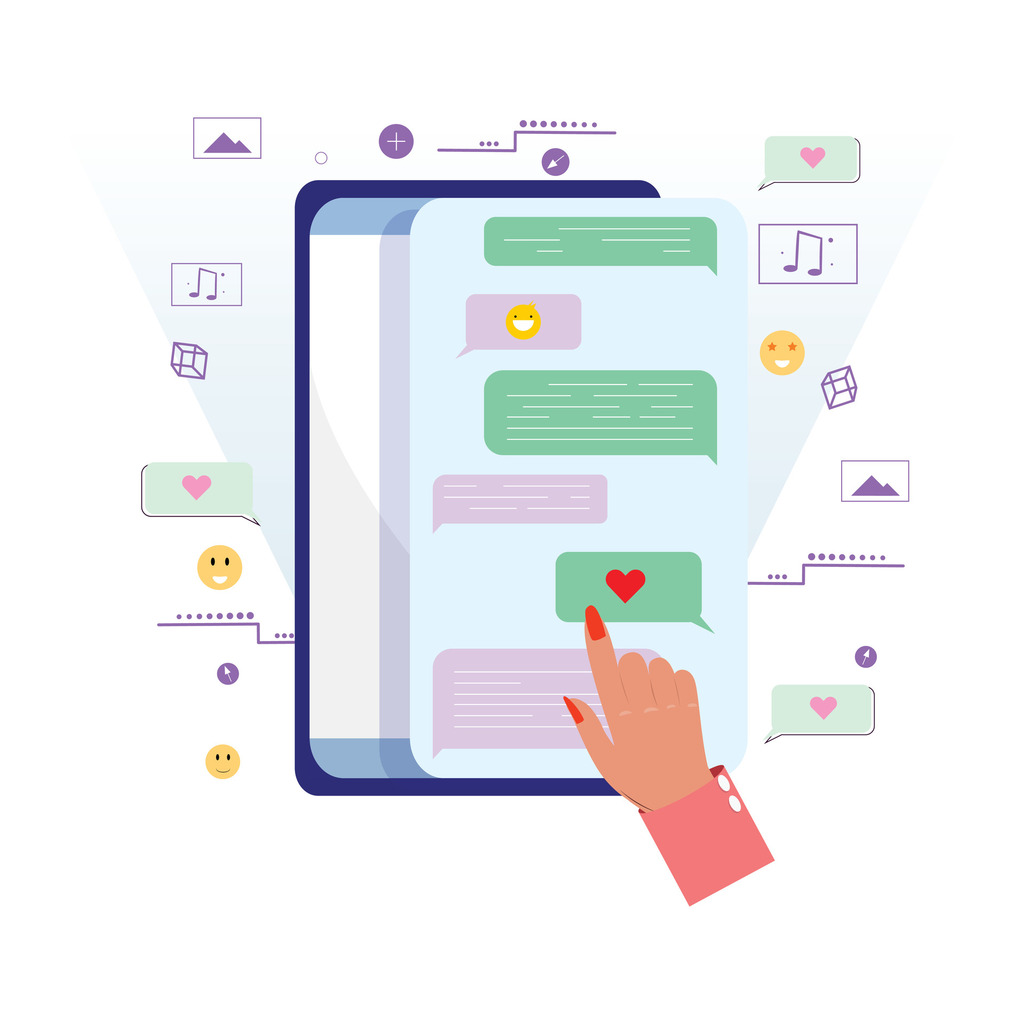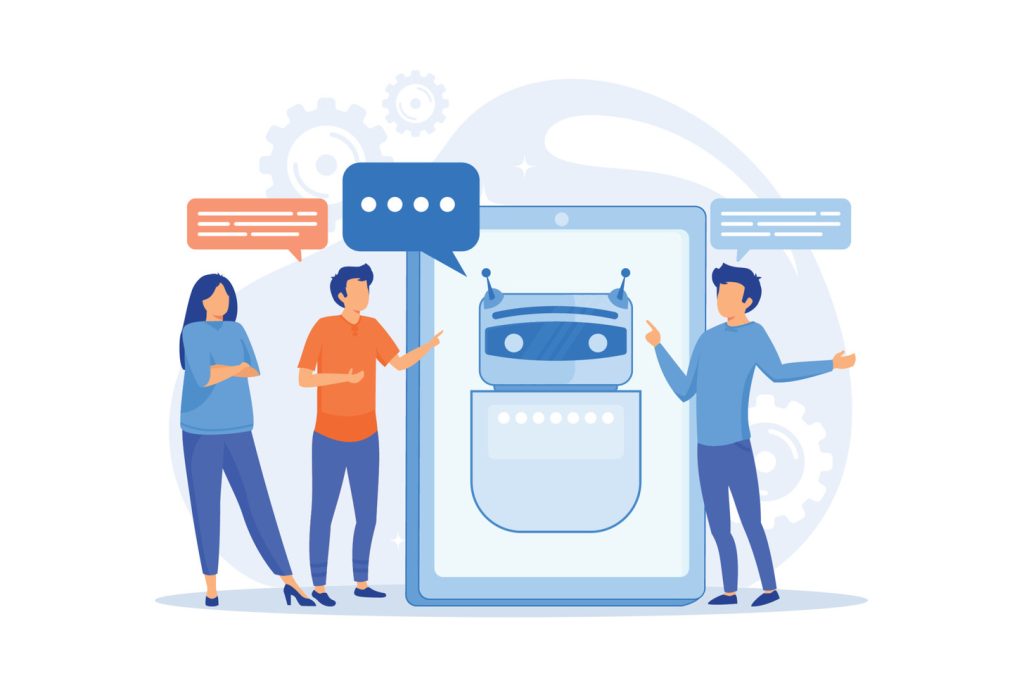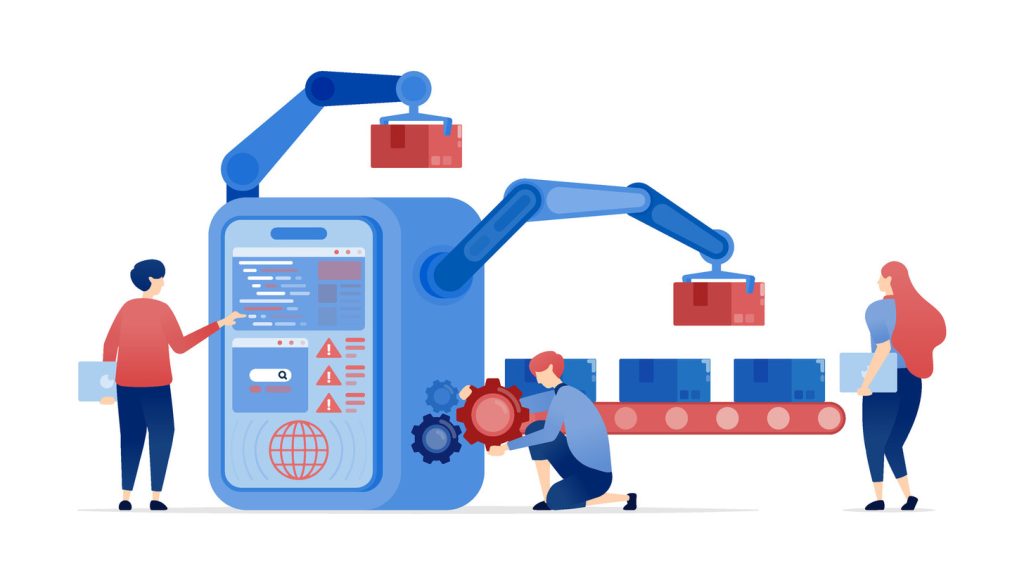Automated Sms Responses: Simplify Your Messaging Strategy

Modern businesses face growing demands for instant communication. Customers expect quick answers to questions, order updates, and support requests. Manual response systems struggle to keep pace with these expectations while maintaining quality service.
Intelligent text solutions offer a practical approach to managing high-volume messaging. These systems analyze incoming customer inquiries and deliver tailored replies within seconds. Companies using this technology maintain consistent communication without expanding support teams.
Immediate engagement matters more than ever in customer relationships. Research shows delayed replies can reduce satisfaction rates by up to 40%. Pre-programmed message systems ensure no inquiry goes unanswered, day or night.
The strategic value extends beyond basic replies. Businesses configure these tools to handle complex workflows – from appointment reminders to personalized promotions. This flexibility allows organizations to scale operations while preserving human resources for critical tasks.
Adopting smart text technology creates measurable improvements in key performance areas. Response times shrink from hours to seconds. Service teams redirect saved time to relationship-building activities. Operational costs decrease as efficiency increases.
Key Takeaways
- Instant replies boost customer satisfaction and brand loyalty
- Pre-programmed systems handle routine inquiries without staff intervention
- 24/7 availability meets modern consumer expectations
- Scalable solutions grow with business needs
- Reduced operational costs improve profit margins
- Consistent messaging strengthens brand identity
Understanding Automated Sms Responses
Effective communication systems now act as vital tools for maintaining competitive advantage. Text-based reply solutions transform how organizations manage high-volume interactions while preserving personal touchpoints.
Core Components of Modern Autoresponders
These systems analyze incoming customer messages using predefined criteria. When specific words like “status” or “hours” appear, the technology sends immediate replies containing relevant details. One restaurant owner noted, “Our text system cut phone inquiries by 60% while keeping guests informed.”
Triggers extend beyond simple keyword detection. Time-sensitive alerts activate when orders near delivery deadlines. Location-based prompts engage clients near physical stores. This dynamic approach ensures responses align with real-time needs.
Building Intelligent Conversation Flows
Advanced rules let businesses design multi-step interactions. A customer texting “appointment” might receive:
- Available time slots
- Confirmation instructions
- Follow-up reminders
Systems can integrate with CRM platforms to reference purchase history. This allows personalized suggestions based on past interactions. For example, a retail chain might send tailored product alerts when clients ask about specific categories.
Action-based triggers further enhance responsiveness. Missed calls automatically generate check-in messages. Form submissions on websites initiate immediate confirmation texts. These features create seamless experiences without manual oversight.
Benefits for Customer Support and Engagement

Immediate engagement has become non-negotiable in modern customer service landscapes. Organizations that prioritize rapid interactions see 72% higher retention rates compared to slower competitors, according to a 2023 CX industry report.
Enhanced Response Times
Modern systems deliver replies within 8 seconds of receiving inquiries. This speed meets the 24/7 expectations of today’s consumers, who view delayed answers as service failures. One retail manager noted: “Our resolution rates jumped 40% after implementing instant acknowledgment messages.”
Key advantages include:
| Metric | Before Automation | After Automation |
|---|---|---|
| Average Reply Time | 47 minutes | 9 seconds |
| After-Hours Support | Limited | Full coverage |
| Query Resolution Rate | 68% | 89% |
Platforms like ClearCRM enable businesses to craft personalized reply sequences. These tools use branching logic to guide customers through troubleshooting steps or appointment scheduling without staff involvement.
Three critical outcomes emerge:
- Reduced abandonment rates during peak hours
- Consistent brand voice across all interactions
- Actionable data from message analytics
When implemented strategically, instant text solutions transform customer perceptions. A 2024 study showed 83% of consumers view rapid replies as evidence of operational excellence. This perception directly impacts loyalty and lifetime value.
How to Set Up Your Automated Sms Responses
Implementing efficient text messaging systems requires strategic planning and platform evaluation. Businesses achieve optimal results by aligning technical capabilities with customer communication needs.
Step-by-Step Configuration Guide
Begin by accessing your workspace settings. Navigate to Phone Numbers and select a dedicated number for automated replies. Configure response templates for common scenarios:
- Order confirmations with tracking links
- Business hour notifications
- FAQ responses for frequent inquiries
Advanced users connect platforms like Zapier to create multi-step workflows. These integrations enable actions like adding contacts to CRM systems when specific keywords trigger responses.
Choosing the Right Platform
Evaluate providers using these critical features:
| Feature | Basic Tier | Advanced Tier |
|---|---|---|
| Keyword Recognition | 10 triggers | Unlimited |
| CRM Integration | Limited | Full API access |
| Analytics Dashboard | Basic metrics | Real-time reporting |
Prioritize platforms offering sandbox testing environments. One logistics manager noted: “Trial runs helped us refine delivery confirmations before launch.” Always validate message formatting across mobile carriers during setup.
Best Practices for Automated Text Messaging

Mastering text communication requires balancing efficiency with human connection. Companies that implement strategic messaging frameworks see 35% higher engagement rates compared to generic approaches, according to 2024 mobile marketing data.
Creating Clear and Concise Messages
Effective exchanges demand precision. Each text message must directly address the inquiry while respecting 160-character limits. A delivery confirmation might state: “Your package arrives Thursday by 5 PM. Track here: [link].”
Follow these guidelines:
- Align replies with specific triggers like “tracking” or “cancel”
- Proofread templates to eliminate errors before deployment
- Specify exact timeframes (e.g., “Reply within 2 hours”) instead of vague promises
Personalization and Context Awareness
Generic replies damage brand credibility. Modern systems insert customer names and reference past interactions automatically. One hospitality manager noted: “Guests respond 60% faster when texts mention their reservation dates.”
Key tactics include:
- Using dynamic fields for names, locations, or order numbers
- Updating response libraries quarterly to reflect policy changes
- Acknowledging previous purchases in promotional texts
Businesses that make sure messages adapt to context see 42% higher satisfaction scores. Regular audits ensure content stays relevant as customer expectations evolve.
Exploring Use Cases and Real-World Examples
Practical applications of instant messaging systems demonstrate their transformative potential across industries. Organizations leverage these tools to address critical needs while maintaining personal connections at scale.
Customer Service and Support Scenarios
Text-based solutions resolve common issues faster than traditional channels. When a customer texts “password reset,” systems instantly send a secure link with instructions. A retail chain manager noted: “This cut support calls by 45% while improving resolution times.”
| Use Case | Implementation | Result |
|---|---|---|
| Appointment Reminders | Triggers 48-hour alerts | 27% fewer no-shows |
| Troubleshooting | “HELP” keyword menu | 63% self-service rate |
| Order Tracking | Auto-shipping updates | 81% fewer status inquiries |
Marketing and Promotional Opportunities
Strategic messaging drives conversions through timely offers. Subscribers who text “JOIN” receive a 10% discount code immediately. One beauty brand saw 33% higher redemption rates compared to email campaigns.
| Campaign Type | Response Rate | Conversion Lift |
|---|---|---|
| Welcome Messages | 92% open rate | 19% first-purchase rate |
| Flash Sales | 78% click-through | 41% same-day purchases |
| Feedback Requests | 54% completion | 28% review submissions |
These examples prove how tailored messages strengthen relationships. Businesses achieve 360-degree engagement by aligning text strategies with operational goals.
Integrating Automated Sms Responses into Your Marketing Strategy

Mobile-first consumers expect brands to meet them where they spend 35% of their screen time – messaging apps. Strategic text integration transforms marketing efforts into personalized conversations that drive measurable results. SMS marketing campaigns achieve 98% open rates when aligned with customer preferences and business objectives.
Connecting Campaigns to Customer Journeys
Successful programs map text interactions to key decision points. A clothing retailer might trigger welcome discounts when subscribers join loyalty lists. “Our welcome series converts 22% faster than email-only onboarding,” notes a retail marketing director. These sequenced messages build rapport while guiding recipients toward purchases.
Three core principles shape effective campaigns:
- Relevance: Align promotions with browsing history or past purchases
- Timing: Send cart recovery nudges within 90 minutes of abandonment
- Value exchange: Offer exclusive deals for webinar registrations
Cross-channel synergy amplifies results. Brands combining text and email see 47% higher conversion rates than single-channel efforts. A travel agency’s flash sale alert might arrive via text while detailed itineraries come through email.
Performance tracking remains critical. Marketers monitor:
- Click-through rates for promo codes
- Opt-out percentages per campaign
- Revenue generated from text-driven purchases
Compliance forms the foundation of trust. Clear opt-in processes and easy unsubscribe options maintain regulatory adherence while preserving brand reputation. When executed strategically, text-based marketing becomes a revenue-driving engine that respects customer boundaries.
Leveraging Automation for Operational Efficiency

Forward-thinking organizations streamline daily operations through intelligent message systems. These tools optimize time management while maintaining personal connections at scale.
Smart Scheduling and Transaction Updates
Appointment reminders significantly reduce missed meetings. A salon might text: “Hi [name], your haircut is confirmed for Saturday at 10 AM. See you at our downtown location!” This approach cuts no-shows by up to 30%, according to service industry data.
Order confirmations build trust through instant transparency. Systems automatically share tracking links and delivery windows after purchases. Customers appreciate real-time updates without calling support teams.
Three key benefits emerge:
- Time savings: Staff focus on complex tasks instead of routine notifications
- Consistent communication: Automated texts reach customers at optimal moments
- Resource optimization: Offices reduce overstaffing during peak booking periods
Businesses using these solutions report 22% faster booking processes and 18% higher customer satisfaction scores. The right balance of automation and human oversight creates efficient workflows that benefit both teams and clients.

